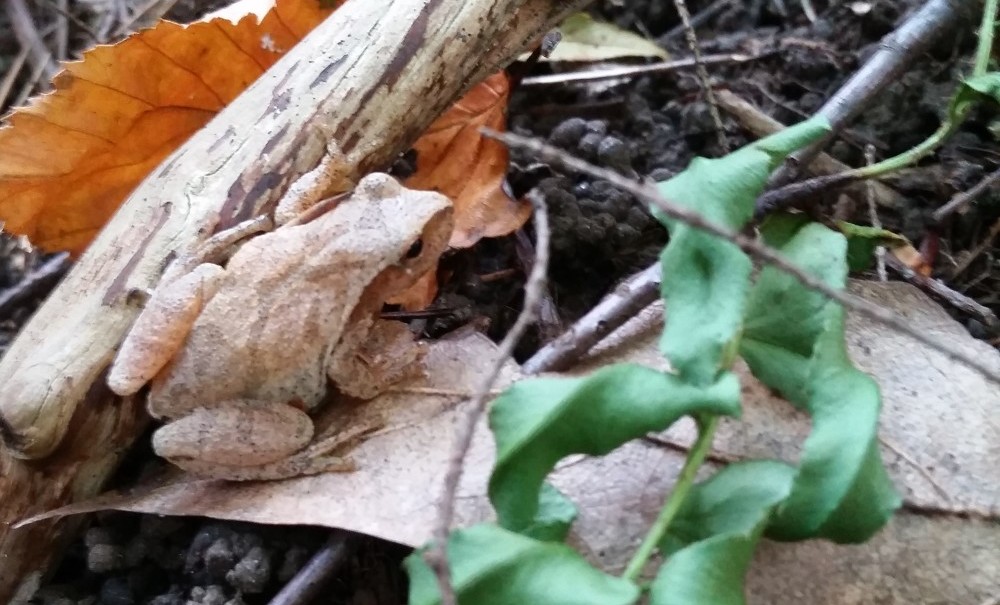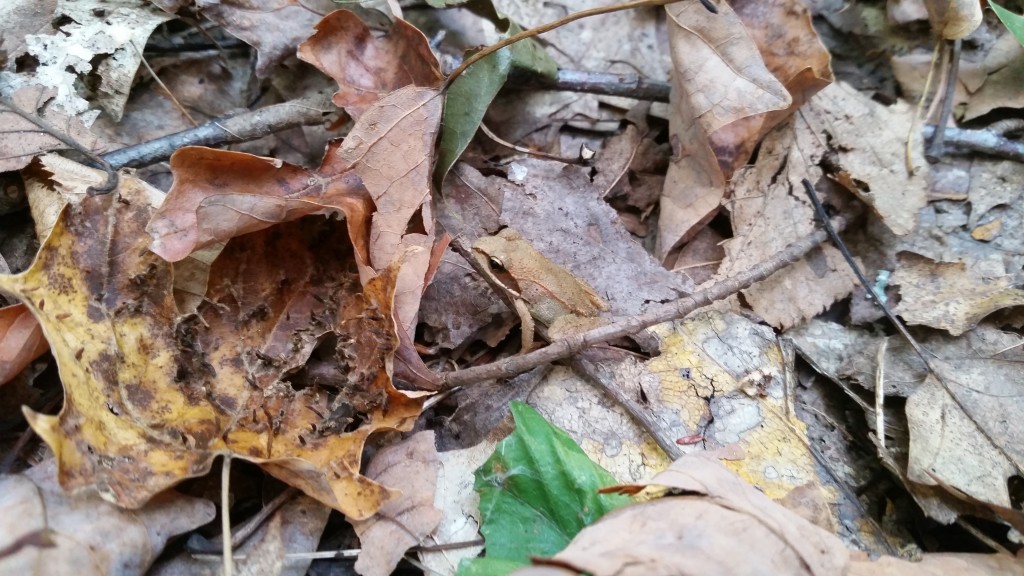Despite wintry weather chewing at my edges I’ve spent plenty of time outdoors roaming the Pioneer Valley in the last few months. In late January, UMass geoscientist Julie Brigham-Grette took me for a McPhee-style gander through regional geology:
Right now, we’re turning down a squelchy, pitted dirt road in the back fields of Sunderland. Minutes ago, Brigham-Grette told me that a local Hadley farmer banned her from his fields — she’d driven back there for a geology student field trip and buried her wheels in the mud. The farmer had to haul her out.
“I sent him a thank you card, I even sent a UMass hat,” she said. “But he still won’t let me come back.”
The back of her hybrid hatchback is stuffed with large maps and diagrams that block the rear view. Up front, it’s just the two of us and our muddy hiking boots. We pass a small road sign.
“Not maintained in winter,” Brigham-Grette reads aloud. “Well,” she adds, “we’re not going to get stuck.”
Very reassuring.
Brigham-Grette, a rail-thin geologist with straight blond hair and a flashbulb smile, first arrived as a professor at UMass 30 years ago. She specializes in paleoclimate, or ancient shifts in climate, and what those changes tell us about our climate today. Her work has taken her from the Arctic Circle in Alaska and Siberia to right here in our own backyard. In the process, she’s racked up an impressive body of knowledge about the geologic past of the ground below us.
Today she’s showing me how that history meters everything about life in the Valley, from the agriculture to the economy to the drinking water.
One amazing feature Brigham-Grette showed me was these sand volcanoes. They’re artesian springs emerging from base of an ancient delta deposited in glacial Lake Hitchcock some 13,000 years ago. The delta’s big package of sand now forms a hill, in which thin layers of lake mud trap infiltrating rainwater, creating water pressure. When the pressurized water hits the edge of the hill, it spurts right out.
The water’s clean from filtering through meters of sand, so it’s used for drinking water and to feed artificial fish ponds at the Sunderland trout hatchery, where I took this video. I’ve seen such little volcanoes in Brazilian rivers, but who knew we had them right in our backyard?
This month, meanwhile, I wrote about frogs. I was pleased to have three of my own photos of local frogs featured with the piece.
Within the next few weeks the earliest of them will start calling — spring peepers, whose high, eager cries have always reminded me of the belling of a pack of faerie hunting hounds.
An age-old symbol of transformation, frogs couldn’t be a more fitting sign of spring. In growing from tadpole to frog, these weird beings are the largest animals on earth to experience such complete metamorphosis from larval to adult form.
Their yearly chorus heralds the startling changes soon to overtake the landscape — buds burgeoning to silvery green leaflets and then to shading leaf; flowers unfurling extravagant banners; birds knitting finely-crafted nests. What the frog does the whole world imitates.
Find the frog:

